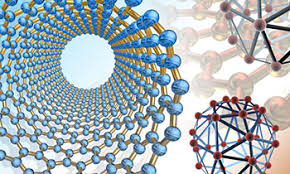Mechanical and Materials Engineering, Department of
Document Type
Article
Date of this Version
2020
Citation
EBW2019 IOP Conf. Series: Materials Science and Engineering 759 (2020) 012012
doi:10.1088/1757-899X/759/1/012012
Abstract
As there are no cutting forces in High Energy Density (HED) beams like lasers and Electron Beam (EB), their speeds are limited only by their positioning systems. On the other hand, as the entire matrix of the 3D printed part has to be addressed by the thin beam in multiple passes in multiple layers, they have to travel several kilometers in tiny motions. Therefore, the acceleration of the motion system becomes the limiting factor than velocity or precision. The authors have proposed an area-filling strategy for EB to fill the layer with optimal squares to exploit analog and hardware computing. 3D printing requires uniform intensity slanged as flat hat shape whereas the default is Gaussian. The authors have proposed an optimal algorithm that takes into account the maximum velocity and acceleration for achieving a flat hat without any compromise on productivity.
Included in
Mechanics of Materials Commons, Nanoscience and Nanotechnology Commons, Other Engineering Science and Materials Commons, Other Mechanical Engineering Commons



Comments
Content from this work may be used under the terms of the Creative Commons Attribution 3.0 licence